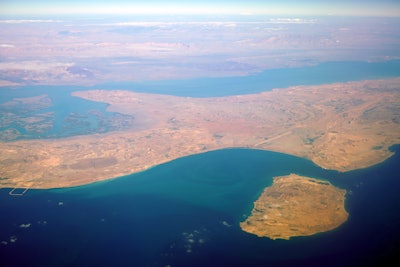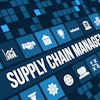
Exiger releases proprietary research generated by its AI platform 1Exiger that identifies the sectors most vulnerable to a potential blockage in the Strait of Hormuz, which hosts the world's twelfth busiest port, Jebel Ali. In the midst of continued Houthis attacks on vessels, worsening conflict in the Middle East and the recent U.S. strike on weapons storage facilities in Yemen, there is increasing concern about how a disruption to this trade route could impact the global economy. Exiger analyzed shipments traversing the Strait of Hormuz that use the Jebel Ali port.
Key Takeaways:
- Merchandise, textiles and luxury goods most at risk: 58 different industries may be impacted by the closure of, or reduced traffic through, the Strait of Hormuz. This includes various kinds of merchandise, textiles, and luxury goods, with companies in those industries accounting for 29% of shipments leaving Jebel Ali in 2024.
- Thousands of U.S.-bound shipments could be disrupted: In the last two years, 10% of identified outbound shipments leaving Jebel Ali were destined for Europe or North or South America. Roughly 17,000 of these shipments were headed to the U.S., carrying industrial goods and commodities ranging from turbojet engines to ethyl alcohol.
- Transportation of Persian Gulf oil could be interrupted: It is well known that the Strait of Hormuz is a vital sea lane for oil produced in the Persian Gulf — a commodity that continues to power much of the global economy.
- Transshipment delays could impact global companies: Less well known is the importance of the Strait of Hormuz for transshipping (i.e., the transfer of goods between ships). 350,000 shipments over the past two years involved transactions where the shipper and receiver were part of the same corporate family. Approximately 26,000 of these shipments were destined for Europe or North or South America, carrying goods ranging from cars to electric transformers and machinery parts.


















